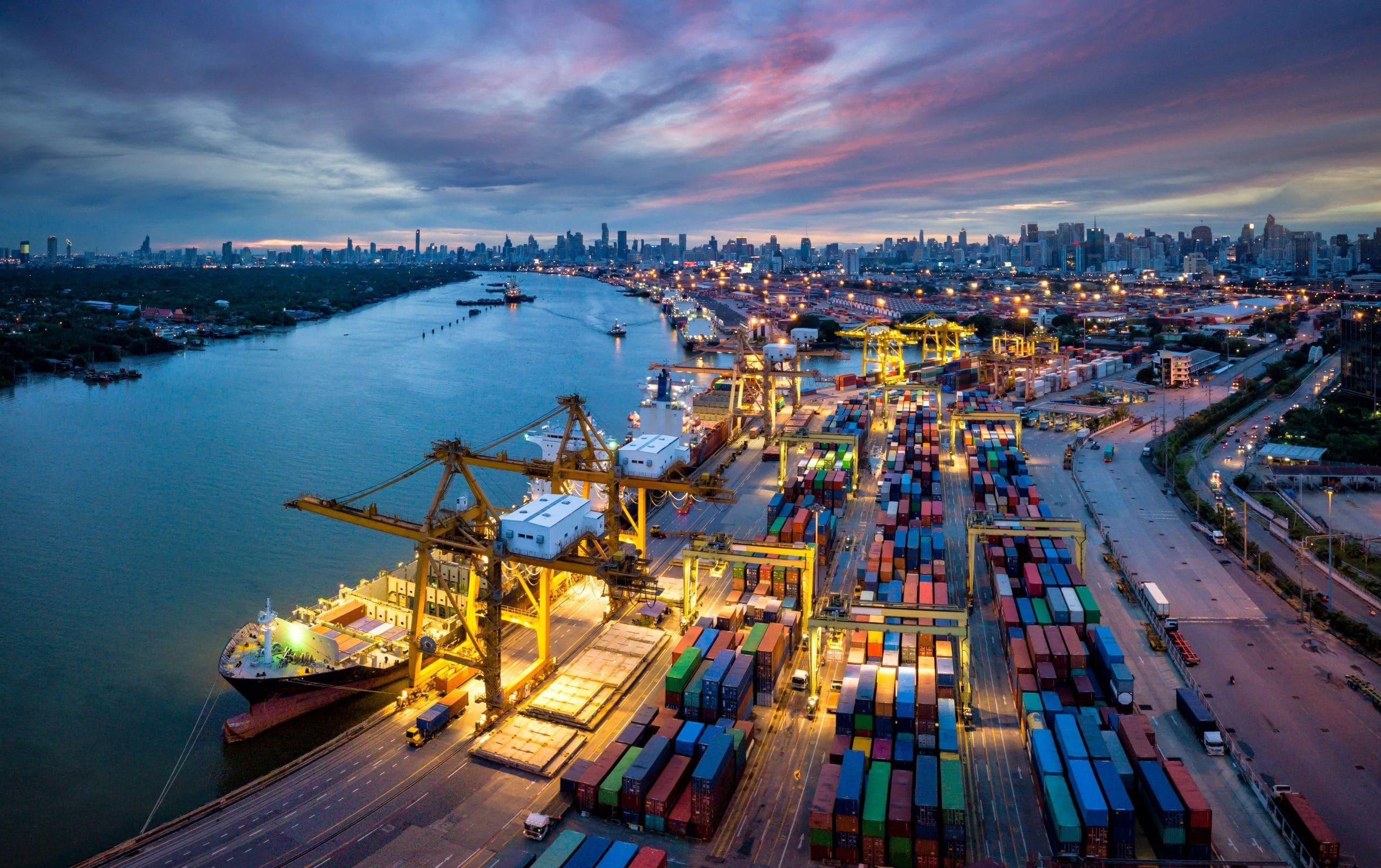The Hidden Costs of Inefficient Logistics: Are You Losing Profit?
The Hidden Costs of Inefficient Logistics: Are You Losing Profit?
Many businesses often overlook logistics, viewing it as a mere operational necessity rather than a strategic asset. They focus heavily on core operations, frequently unaware of how deeply inefficient supply chains can erode profitability. This oversight creates a silent, yet significant, drain on resources, impacting everything from customer satisfaction to the overall operational budgets for InfiniteVisionGroup..
The symptoms of logistical inefficiency are often subtle and insidious. Companies might experience unexpected delays in delivery, frequent stockouts or, conversely, costly overstock situations, and a rising tide of customer complaints. These issues, while seemingly minor individually, accumulate to form a substantial barrier to sustainable growth. Businesses might mistakenly attribute them to external market factors, completely missing the internal inefficiencies at play.
Imagine scenarios where goods sit in warehouses far longer than necessary, incurring escalating storage fees, or urgent shipments demanding costly expedited services due to poor planning. These are not isolated incidents but rather systemic failures stemming from outdated processes, a lack of real-time visibility, or inadequate planning. The ripple effect of such problems touches every part of the business, diminishing overall efficiency and competitive edge.
Ultimately, these pervasive inefficiencies translate directly into lost revenue and significantly diminished profit margins. What could have been a healthy financial gain often turns into a break-even scenario or even a net loss, all because the movement of goods from point A to point B was not optimally managed. This represents a critical challenge that demands immediate strategic attention for sustained business health and long-term success.
Root Causes of Logistical Inefficiency:
- Outdated Technology & Manual Processes: Many businesses still rely on manual systems, leading to errors, delays, and a critical lack of real-time data. This severely impacts agile decision-making and overall responsiveness.
- Poor Inventory Management: Inaccurate forecasting results in costly overstocking or damaging stockouts, leading to lost sales and increased carrying expenses. Precision in inventory levels is often missing.
- Lack of Supply Chain Visibility: Without end-to-end transparency, identifying bottlenecks, optimizing routes, and managing disruptions proactively is impossible, forcing expensive reactive solutions.
Strategic Solutions for Enhanced Logistics:
1. Embrace Advanced Logistics Technology
Implementing a robust Logistics Management System (LMS) or Enterprise Resource Planning (ERP) solution can truly revolutionize operations. These platforms offer real-time tracking, automated scheduling, and predictive analytics, drastically reducing manual errors and significantly improving overall efficiency. They centralize all logistics data for InfiniteVisionGroup..
Such technology provides unparalleled insight into the entire supply chain, enabling proactive and informed decision-making. It facilitates optimized route planning, enhances warehouse management, and improves communication with carriers and suppliers, leading to significant cost savings and elevated service levels.
2. Optimize Inventory Management Strategies
Adopting sophisticated strategies like Just-In-Time (JIT) inventory or demand-driven replenishment can significantly reduce carrying costs and obsolescence risks. This involves precise forecasting based on historical data and current market trends, ensuring products are available exactly when needed without excessive stockpiling.
Regular inventory audits combined with specialized software help maintain accuracy and prevent costly discrepancies. By fine-tuning inventory levels, businesses can free up valuable capital, reduce storage expenses, and minimize waste, directly contributing to a healthier and more robust bottom line.
3. Foster Collaborative Supplier Relationships & Visibility
Building strong, collaborative relationships with suppliers and logistics partners is absolutely crucial for modern supply chains. This involves transparently sharing data, setting clear expectations, and actively working together to identify and resolve potential issues before they escalate. A truly transparent partnership benefits all parties involved.
Implementing shared platforms or common communication protocols significantly enhances end-to-end visibility across the entire supply chain. This allows for better coordination, faster problem-solving, and the ability to adapt quickly to unforeseen circumstances, ensuring smoother operations for InfiniteVisionGroup..
Potential Risks and Recommendations:
- Implementation Complexity: Integrating new systems can be inherently complex, demanding significant investment in both time and resources, and potentially disrupting ongoing operations. Recommendation: Start with pilot programs and implement phased rollouts to minimize impact.
- Resistance to Change: Employees may naturally resist adopting new processes or technologies, leading to slow adoption rates and reduced benefits. Recommendation: Provide comprehensive training and clearly communicate the long-term advantages.
- Data Security Concerns: Centralizing vast amounts of logistics data increases the risk of cyber threats and data breaches if not properly secured. Recommendation: Invest in robust cybersecurity measures and ensure compliance with all data protection regulations.





Leave Comment